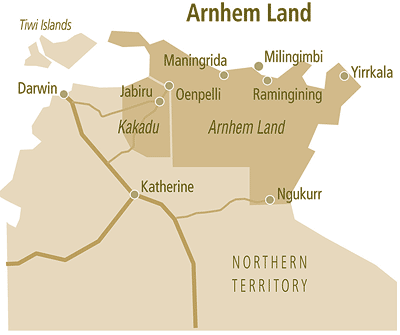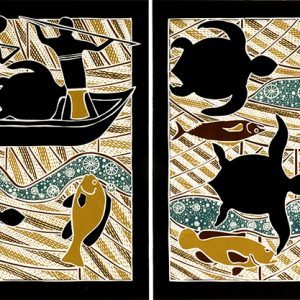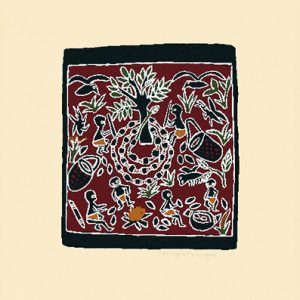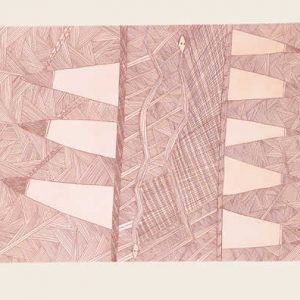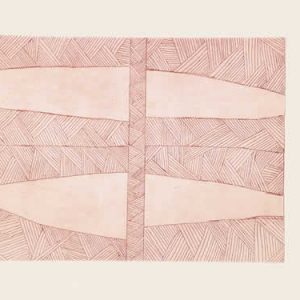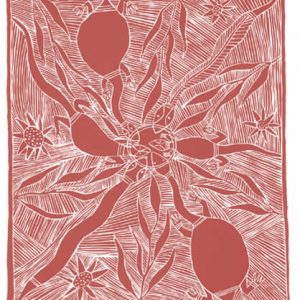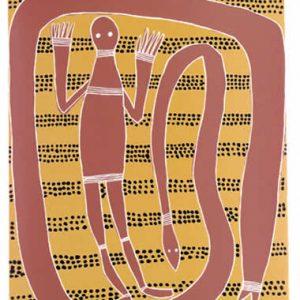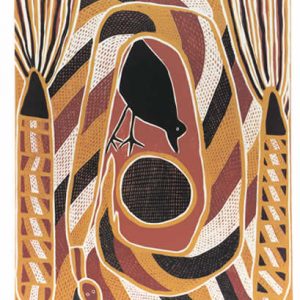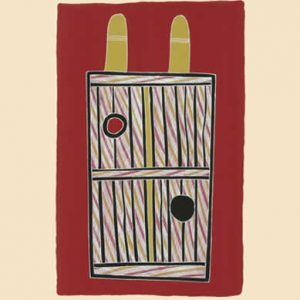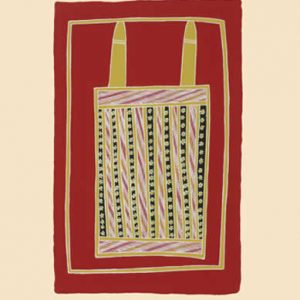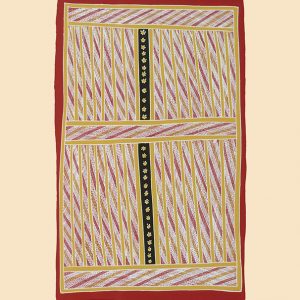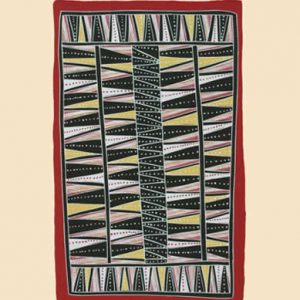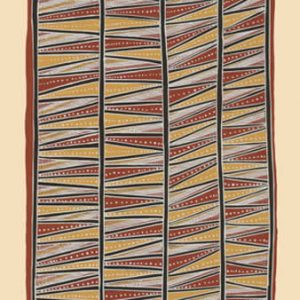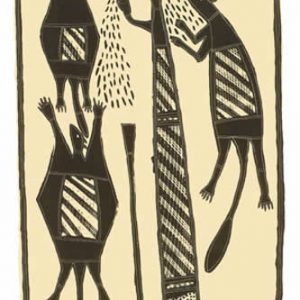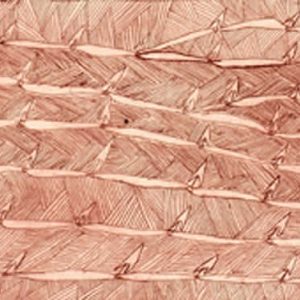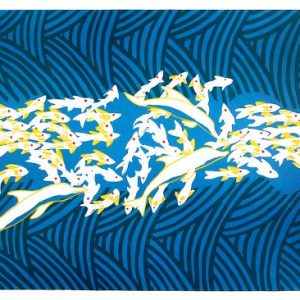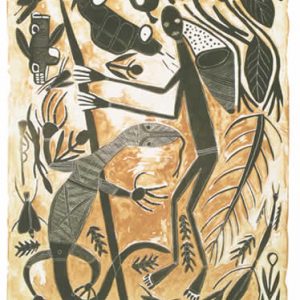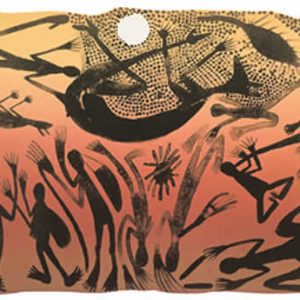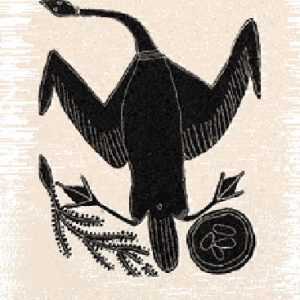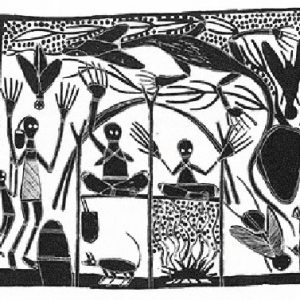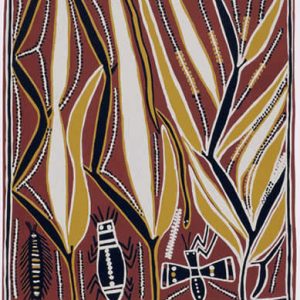Art and Culture
Several languages are spoken across Arnhem Land and it not uncommon for aboriginal people fluent in a number of these languages. Clans within Arnhem Land have similar forms of social organization; link to Aboriginal social organisation holding many Dreamtime stories, ceremonies and beliefs in common. These common social structures, ceremonies, relationship to the land, animals and ancestral beings are reflected and expressed in the art of the region, many of the dreaming stories spreading across the land linking different clans, thereby attaining a wider significance. The most prominent of these Dreamings are the Rainbow Serpent, the Wagalag sisters, the Djang’kawu and Barama and Lany’tjung, all of whom figure in major ceremonial cycles. The sandstone plateaus surrounding the lowlands of Western Arnhem Land contain galleries of spectacular rock art. The oldest paintings in existence are dated at over 18 thousand years old, and geological evidence suggest that rock art has been practiced in Arnhem Land for at least 50,000 years. Through studies of environmental changes and the sequence in which images have been overlaid, archaeologists have been able to roughly determine the developmental sequence of rock art. The earliest images where imprints of hands and plants, followed by images of animals and figures in what is called the ‘Mimi” or dynamic style of rock painting, about ten thousand years ago the sea level rose, bringing it closer to the escarpment and resulting in paintings of sea life and the Rainbow Serpent which is associated with water. The famous x-ray style painting is believed to have come into existence about three thousand years ago, and the most recent rock paintings, depict Macassan and finally European contact.
Unlike other regions of Australia, a European market for Aboriginal art has been in existence in Arnhem Land since the early 1900’s. Anthropologists and collectors demanded a portable form of art and this in turn stimulated a large increase in the production of bark painting. Due to the nature of the medium, the exact history of early bark painting remains a mystery as opposed to the more permanent rock painting. Bark painting was defiantly in existence before European contact though, with early bark paintings formed the walls of huts that were used for shelter during the wet season. The earliest surviving barks were collected from Essington Island in 1838. It is interesting to note that most early bark paintings are contained with museums, rather than art galleries, they were thought of as ethnographic oddities and it was not until the late 20th century that attitudes changed and bark painting started to be taken seriously as a form of contemporary Australian art.
Culture and art in Arnhem Land is centred around four communities, Oenpelli in the west, Maningrida and Ramingining in Central Arnhem Land, and Yirrkala in Eastern Arnhem Land. Central and Western Arnhem Land is famous for it’s x-ray style painting, which displays the internal organs of animals as part of the design, the painting here is essentially figurative in nature, with the figures being painted using crosshatching (rarrk) while the background of the painting is left bare. Bark painting from Eastern Arnhem Land is more abstract with the entire surface of the bark being painted with complex crosshatched designs. It should be noted that this division of style by region, is only loosely true, there are many other factors that determine the visual components in Arnhem Land Barks, For instance the type of landscape the artist lives in, the subject of the painting and the artists, clan, language affiliation and moiety affiliation of which there are two, Dhuwa and Yirritja; moiety affiliation ultimately determines which designs and patterns the artist has a right to depict.
Specific styles of crosshatching are practiced by and identify different clans. In the west this hatching is called rarrk and the east they are known as Miny’tji and Dhuland. Apart from bark and rock painting, Rarrk is used for a number of functions, most importantly for ceremonial body design; the Raark’s visually striking, optical effects are believed to be a manifestation of ancestral and spiritual power.
Arnhem Land is one of the most complex and culturally intact areas of Aboriginal Australia, this article gives only a small insight into the rich culture within this region. In the future Aboriginal Art Prints will feature more articles concentrating on particular communities, as well as some of the important dreamtime stories from this region.

